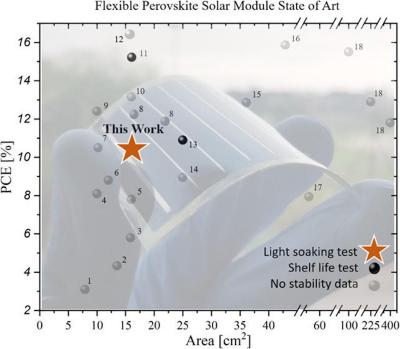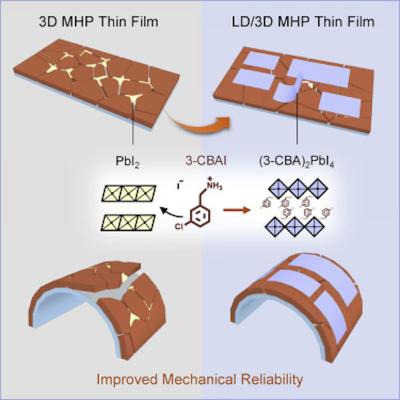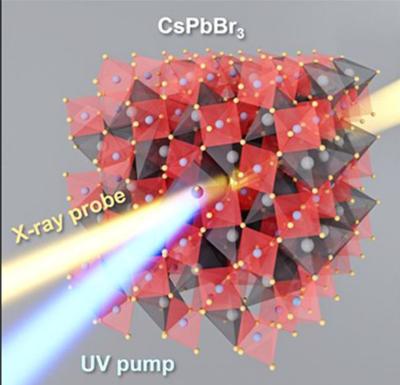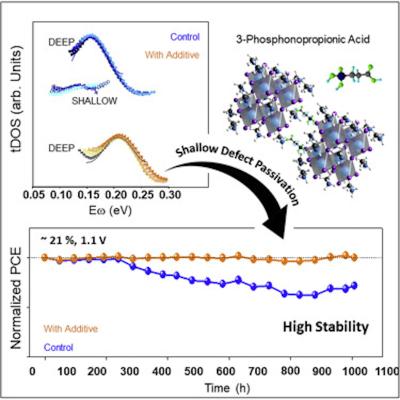Researchers use thermal evaporation to achieve 15% efficient 'black perovskite' solar cells
Researchers at the Dresden University of Technology (TUD) have announced the fabrication of a solar cell based on all-inorganic cesium-lead iodide (CsPbI3) perovskite, which is also sometimes referred to as 'black perovskite'.
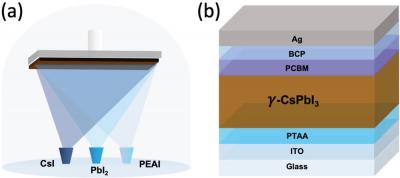 a) Schematic of the deposition procedure (b) device structure. Image from Advanced Energy Materials
a) Schematic of the deposition procedure (b) device structure. Image from Advanced Energy Materials
TUD researcher Yana Vaynzof said that the choice of this specific material was motivated by the fact that it shows superior stability as compared to the commonly used organic-inorganic lead halide perovskites.
